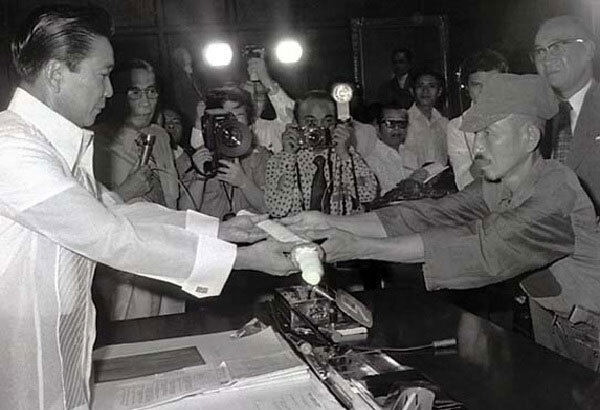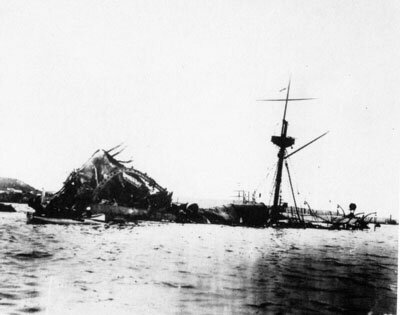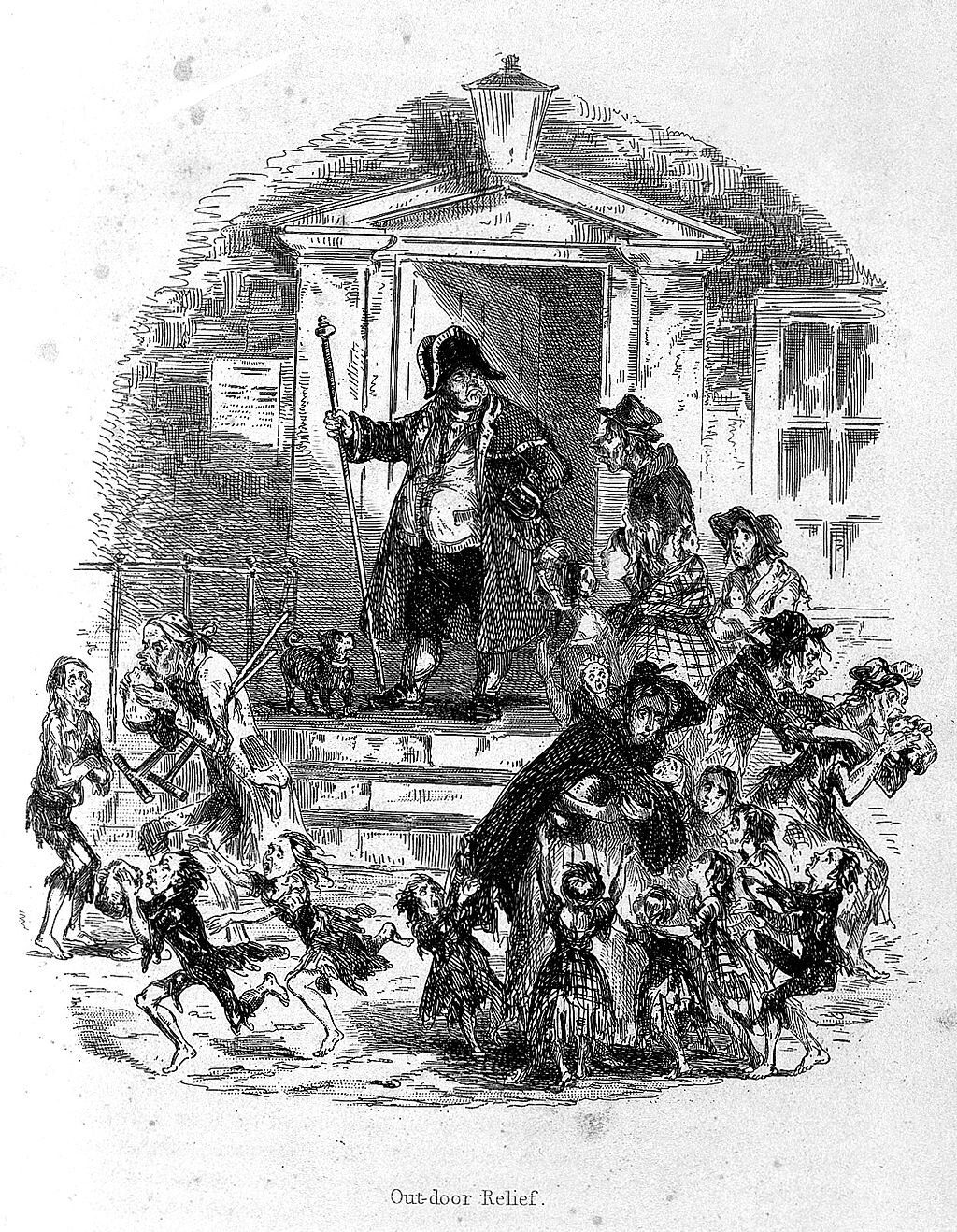The Nazi Luftwaffe air force played a key role in World War II, causing havoc as it rampaged through Europe in the early years of the war. However, by 1944 it was in terminal decline. Here, Matt Whittaker looks at the reasons for the Luftwaffe’s decline by focusing on September and October 1944.
Messerschmitt Bf 109 G-6 in September 1943. Source: Bundesarchiv, Bild 101I-487-3066-04 / Boyer / CC-BY-SA 3.0, available here.
Introduction
The Nazi air force, the Luftwaffe, was in a critical spot in September and October 1944. Germany was fighting a three-front war each with demands that put pressure on the economy. The Allied bombing campaign had grown since the start of the year, wreaking havoc with economic and oil industry targets. The D-Day landings in June increased the stresses that wrecked the Luftwaffe in the West.
By September, the Germans got an unexpected gift from the Allies: logistics problems. The Allies could not keep their forces sufficiently supplied. This led to a halt to most pursuit, giving their opponents some space. The air war did not slow, however.
The biggest three issues the Luftwaffe faced were:
1. The Numbers Game
2. Fuel Shortages
3. Training Cuts
The Numbers Game
The battles above Normandy and the attempt to slow the Allied bombing campaign drained the Luftwaffe. Air defense squadrons sent west as reinforcements returned at half strength. Such was the ferocity of the battles from June to August that only 175 operational fighters were available to fight by mid-September (1).
A big contributor was the change in American fighter tactics. Escort fighters were now freed from the bombers to range ahead, clearing any opposition. Luftwaffe groups were broken up before they organized. Airfields were strafed or fighters lurked, waiting to pounce as their opponents landed. The German pilots tangled with increasingly larger American fighter groups with inexperienced pilots and heavily armed, cumbersome bomber destroyers like FW-190s. Many were shot down before even reaching the bombers.
On September 11, 1944 the Luftwaffe intercepted an American raid heading for oil refineries. 350 fighters were sent against 700 fighters and 1,100 bombers. 305 made contact with the bombers and escorts; 110 were shot down for a loss rate of 36% (2). A number of bombers were destroyed, but the Americans could accept such losses. Since early 1944 raids of 1,000 plus bombers and escorts were the norm. Interceptions resulted in high losses with many pilots killed in action (KIA).
September and October were the best wartime production months for Germany, despite strategic bombing. Of 3,821 aircraft that were produced in September, 80% were fighters (3). Despite this increase, the loss rate stayed par with deliveries. Gas and pilot shortages kept many of the planes from being utilized.
Fuel Shortages
The worst predicament facing the Luftwaffe by the fall was the lack of fuel. Since the start of the war, the fuel supply was a great concern. Germany possessed few natural sources. Much of the supply came from the Soviet Union, other Axis governments like Romania or, later, synthetic production. Much has been written about the efforts to protect sites like Ploesti from Allied bombing.
Beginning in January 1944 the American heavy bombers made a concentrated effort to target Axis refineries and synthetic oil plants. By May, the raids had reduced the output from most sources of aviation gas by 90 percent (4). These deficiencies could not easily be made up due to the damage. The raids, which had only slowed to support the D-Day campaign, were renewed after August. Flight operations drew on existing fuel supplies which were not replenished quickly. Starting in September, the Luftwaffe grounded many squadrons, leaving mostly fighters because of the shortfalls. Spare ground personnel were formed into infantry units; some were used in the fight at Arnhem.
The Luftwaffe had to operate with 10% of its fuel requirements for September and October. All manner of methods were undertaken to reduce usage. Pilots had orders not to taxi upon landing or takeoff. Planes were moved with teams of oxen to tow planes into position or hangars. The shortages cut severely into operations, reducing interceptions and ground attack requests. During Operation Market Garden, more Allied aircraft were downed by flak, rather than in combat. Occasional attacks were made against bridgeheads or supply depots, but the Luftwaffe was seldom seen.
Training Cuts
The double problems of fuel scarcity and rising attrition led to increasing cuts in training hours for novice Luftwaffe pilots. Total hours were cut, starting in 1941. This only grew worse, especially as the war expanded further into Russia, Africa, and the Mediterranean. Losses started to exceed the number of pilots graduating flight schools for service. The increasing clashes with more numerous Allied fighters led to a high death rate. By fall, the average lifespan of a fighter pilot was between 8 and 30 days (5). In an attempt to increase the number of active pilots, bomber squadrons were converted to fighters and flight instructors were transferred to the front lines. The German flight schools reduced hours but even more so with the front-line types that were used. Novice pilots got basic and some advanced instruction but much less in the operational models. German pilots averaged 60 hours of training while British RAF pilots had 225 hours (6).
As with frontline groups, training fuel allotments were cut, feeding the cycle. Perhaps the greatest hindrance was the introduction of fighters like the P-51, which meant that nowhere in Germany was safe for training. The escorts flew ahead of the bomber streams or in free flights, looking for opportunities. Training flights or their airfields were attacked which meant further reductions.
Conclusion
These two crucial months were when the Luftwaffe’s back was broken. Losses in the first six months of the year led to Allied air supremacy. Still, pressure was building on all fronts but more so in the West. The ramping up of the strategic bombing campaign and the consistent targeting of the fighter arm culminated in this timeframe. Airplane manufacturing reached all-time highs in the fall but increased losses, fewer replacement pilots and a dearth of fuel resulted in an unrecoverable spiral.
Despite the best efforts of its leadership, the Luftwaffe of September and October 1944 was outmatched and outgunned. The short respite while the Allies played logistical catch-up from their advance didn’t last. By the end of October, that spiral was too great.
What do you think of the reasons for the Luftwaffe’s weakening in September and October 1944? Let us know below.
References
1 Zaloga, Steven J., Campaign 270 Operation Market Garden The American Airborne Missions (London: Osprey Publishing 2014), p. 1.
2 Caldwell, Donald and Muller, Richard, The Luftwaffe Over Germany Defense of the Reich (Barnsley: Pen & Sword Books Ltd. 2014), p. 452.
3 February 22, 2013 MILAVIA Military Aviation Specials - The Luftwaffe's Comeback in Autumn 1944
4 May 24, 2016 Luftwaffe Lovers: The role of synthetic fuel in World War II Germany - implications for today by Dr. Peter W. Becker
5 Murray, Williamson, Strategy for Defeat 1933-1945 (Maxwell Air Force Base: Air University Press 1983), p. 302
6 Murray, Williamson, Strategy for Defeat 1933-1945 (Maxwell Air Force Base: Air University Press 1983), p. 452

















